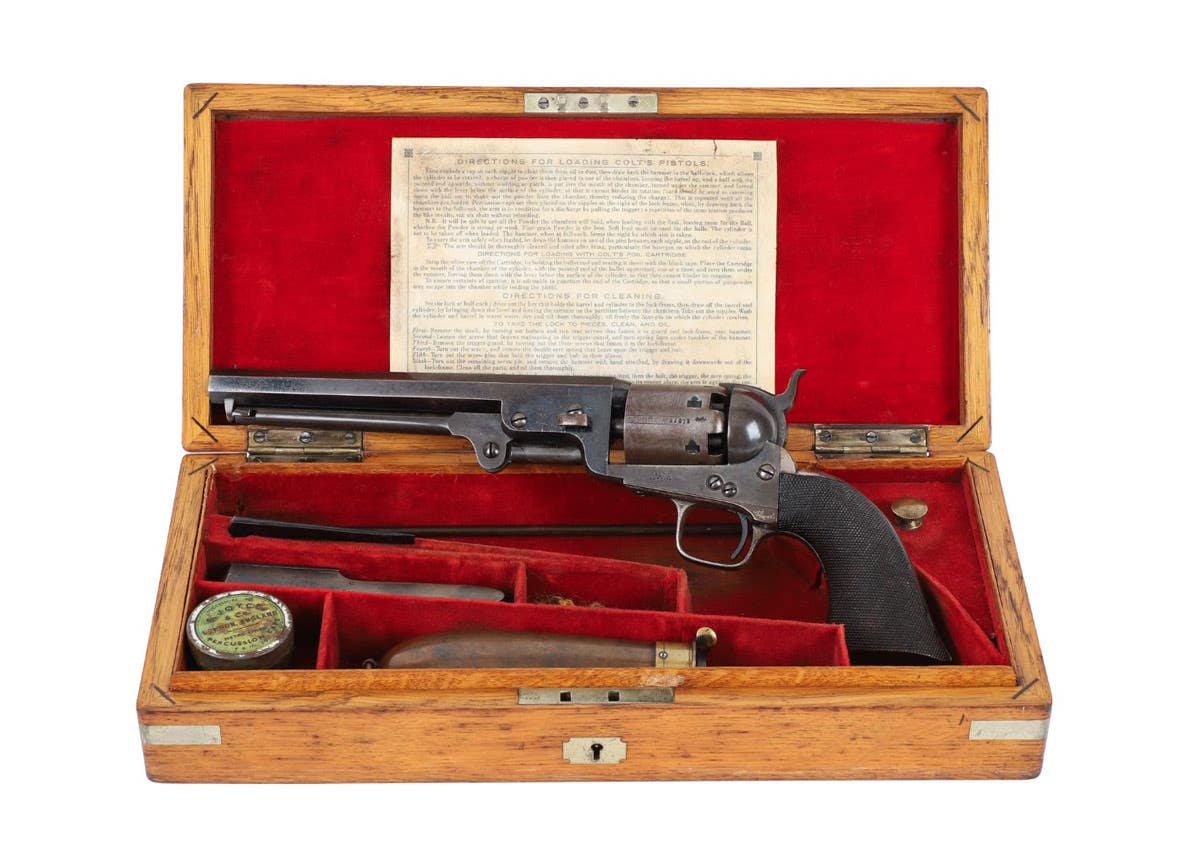What’s wrong with selling out? Sales strategies for selling at militaria shows
With the goal to sell at militaria shows it is a fine balance between selling everything vs. price and available products.
I am proud to say “I sold out.” Now without the proper context that might sound like a bad thing. That’s because the concept of “selling out” could have two very different meanings. In the world of artists, selling out could mean that someone compromised their values, integrity, or authenticity in exchange for personal gain.
On the flip side, “sold out” could mean an event that has no more tickets available or at retail when all of a product has been sold and no more are available.
Context is clearly everything. So when I say “I sold out,” I meant a few times at collectible shows I’ve literally had nothing left to sell when it came time to pack up and go home. Now in fairness, this was accomplished by offering another dealer the remaining merchandise I had left when the show ended, and it was offered at a significant discount.
It honestly felt good not to pack up my bins or tubs. The only items loaded out were my purchases, which made the packing up at the end of those shows rather easy.
It is also the sort of thing that show promoters big and small hate. They want to see you doing business until the last moment, and by selling everything it looks like you’ve already packed up.
In my defense, I did wait until after the end of the show to close these deals, but I’ll concede my tables were looking pretty sparse by that point. That’s because I was actually trying to sell everything. And really, isn’t that the point?
The goal is to sell
With all due respect to show promoters, if I’m setting up a show – large or small – I’m there to sell as much as possible and to go home with as little as I can. I also understand that many dealers use shows to stock up on items they believe they can resell either at another show or online.
That’s increasingly not my business model. I respect those who can make a living that way. I can’t, and I am probably not alone. I find treasures throughout the year; bring them to a show or two and hope I don’t have them for another year. If I take the items home after the show, then it was a bad purchase.
This is still a hobby to me, and it likely always will be. Simply put, I’m a middling dealer at best, and I’ve made more than my fair share of bad purchases for resale over the years. In trying to correct that, I’m “right-sizing” what I bring, and what I’m looking to sell it for.
I still find that I can buy a few interesting items in my travels, make a few dollars while selling those pieces to another collector, and repeat the process.
Mutually exclusive goals
The problem with my current business model is that if everyone followed my lead, it would kill most large shows. I certainly understand why the promoters don’t want people packing up early. If the show says the out time is 3 p.m., and you have tables, you should have something on the table until 3 p.m. Some attendees may think packing up at 2:30 p.m. isn’t bad, but then it would lead to 1 p.m. and, before you know it, empty days on the last day of a show.
That ruins what the promoters like to see – namely a “sold out” show. Selling everything results in those empty tables, or at least sparsely filled ones.
Yet, that doesn’t mean I won’t try to sell out. What it means is that I may bring even more stuff, and try to increase the volume of what can be moved out the door. I may also bring a few items for display only, and I’ll hold off on the fire sale until the packing can begin.
The good stuff that sold too fast
It is also worth noting that I’ve probably had some items sell “too fast” — as in items I had hoped would stick around as they make my tables look a bit more interesting. One year it might have been a large banner and a suit of armor; another time it might have been a rare uniform. When those items sold during the setup or in the early hours of a show, I was almost disappointed.
I certainly didn’t want to go home with them, but I thought they’d be on display for a little while longer.
Some might suggest I “priced it too low” if an item sold that fast, but again, my business model is to sell as much as possible and to go home with as little as possible – apart from the cool new purchases for my collection. And that’s the final consideration. At least a few times, I’ve bought something big and then had to worry how I’d get it home!
By being a “sell out” that part of the problem solves itself!
Here are a few more articles from Peter Suciu for your reading enjoyment.
Peter Suciu is a freelance journalist and when he isn't writing about militaria you can find him covering topics such as cybersecurity, social media and streaming TV services for Forbes, TechNewsWorld and ClearanceJobs. He is the author of several books on military hats and helmets including the 2019 title, A Gallery of Military Headdress. Email him and he'd happily sell you a copy!







